The Ultimate Buyer’s Guide to Artist Editions
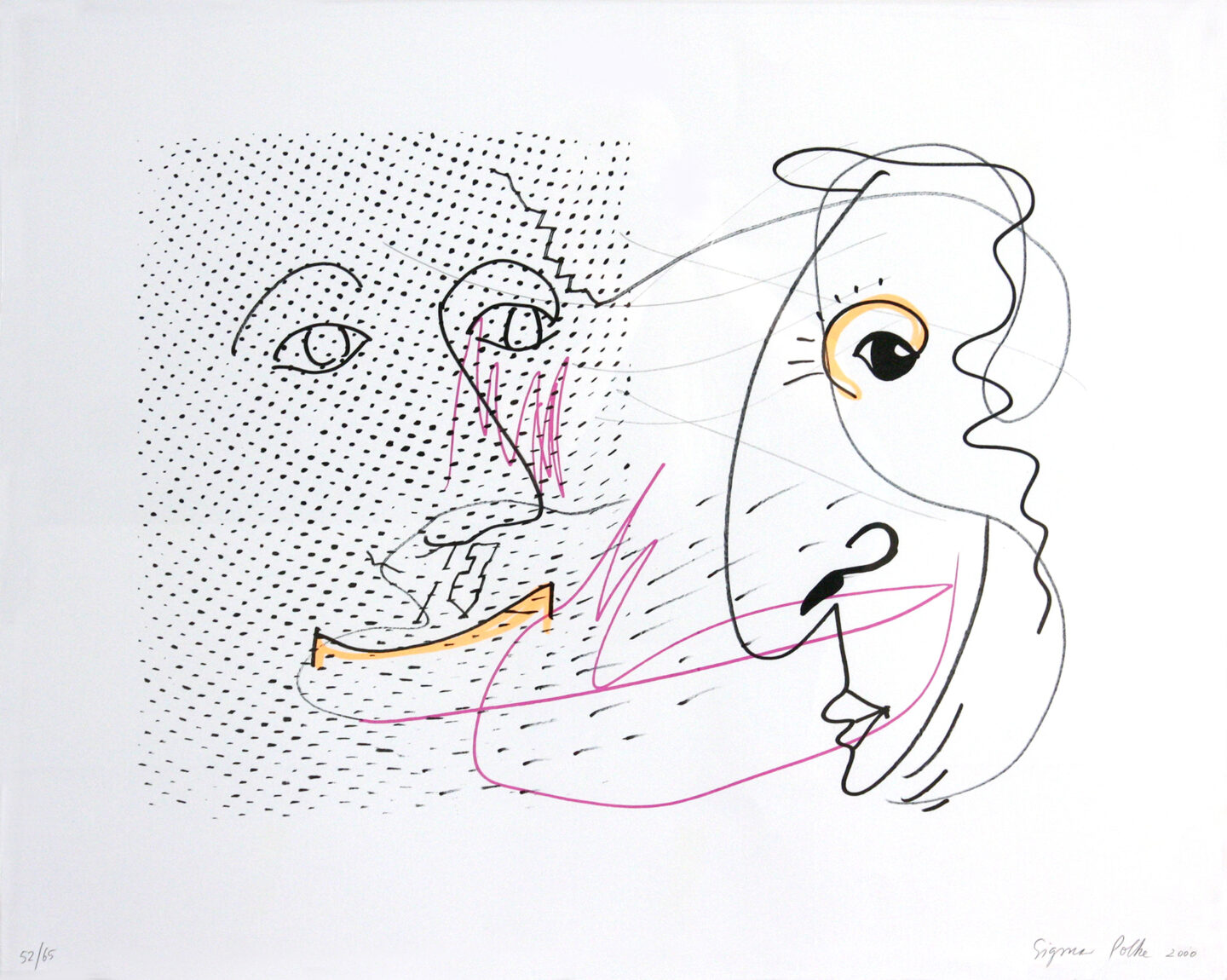

Words: Chris Erik Thomas.
For over a century, artists of all backgrounds have used printmaking and other techniques to create multiple versions of a piece as part of an edition. Let’s take a look at the history of editions.
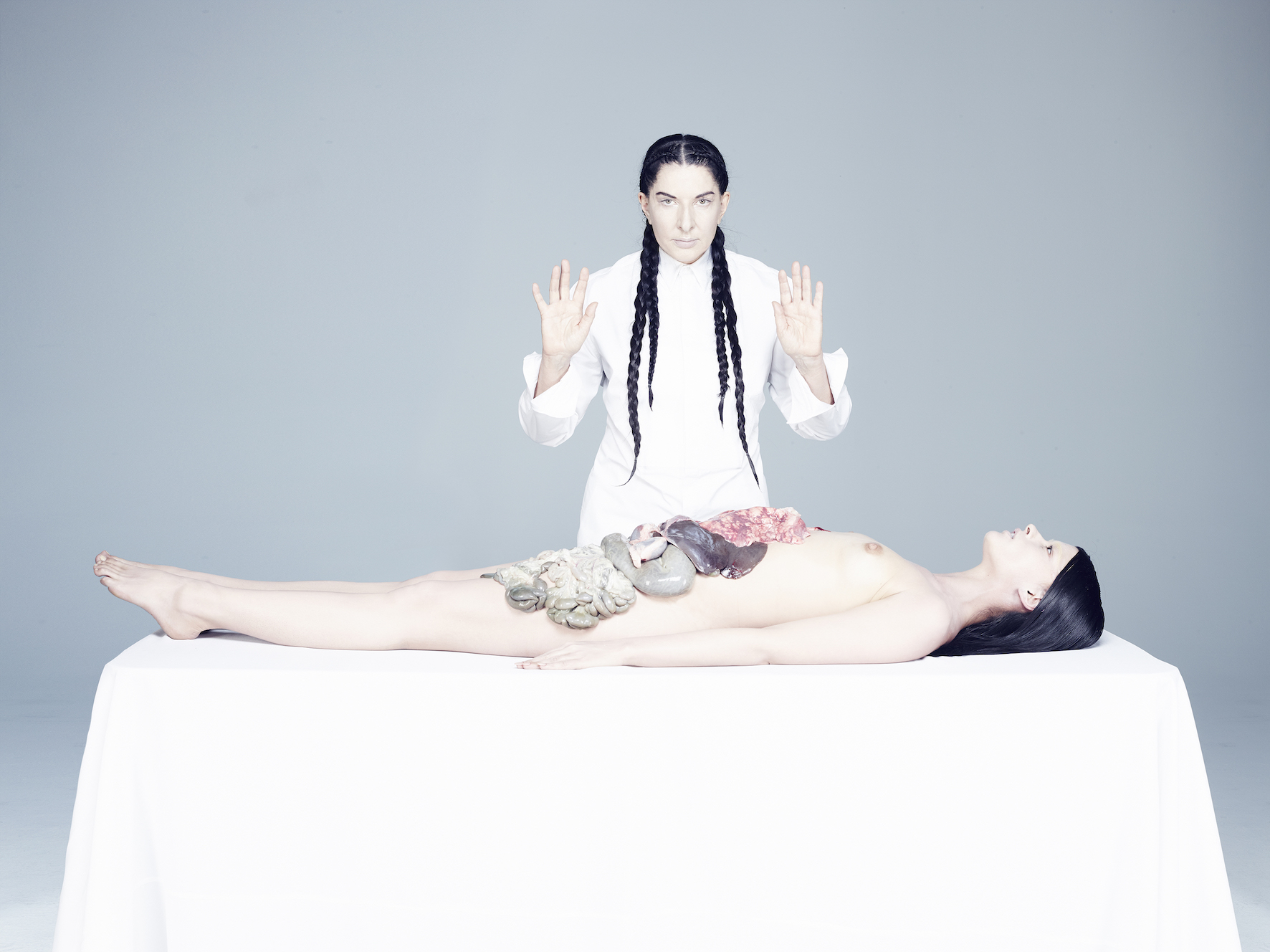
Marina Abramović. "Miracle 2". Chromogenic print, LED light box, wooden frame. 136.8 x 182 x 10 cm. Edition 1/7 + 2 AP. Courtesy Galerie Krinzinger.
Printing was first invented in China and, hundreds of years later in 1276, made its way to Europe. Two hundred years later, in 1450, Johannes Gutenberg refined the method that made book and pamphlet printing widely accessible via his Gutenberg press.
In the art world, printmaking encompasses a broad range of mediums. A print can be a lithograph, screen print, word carving, engraving, and so much more. One of the first prints ever made by an artist was Pablo Picasso’s 1904 work, “The Frugal Repast”, which was republished by art dealer Ambroise Vollard in 1913 in an edition of 250. And of course, it was Andy Warhol who helped printmaking — especially screen printing — burst beyond the art world and enter the public sphere thanks to his work in the medium.
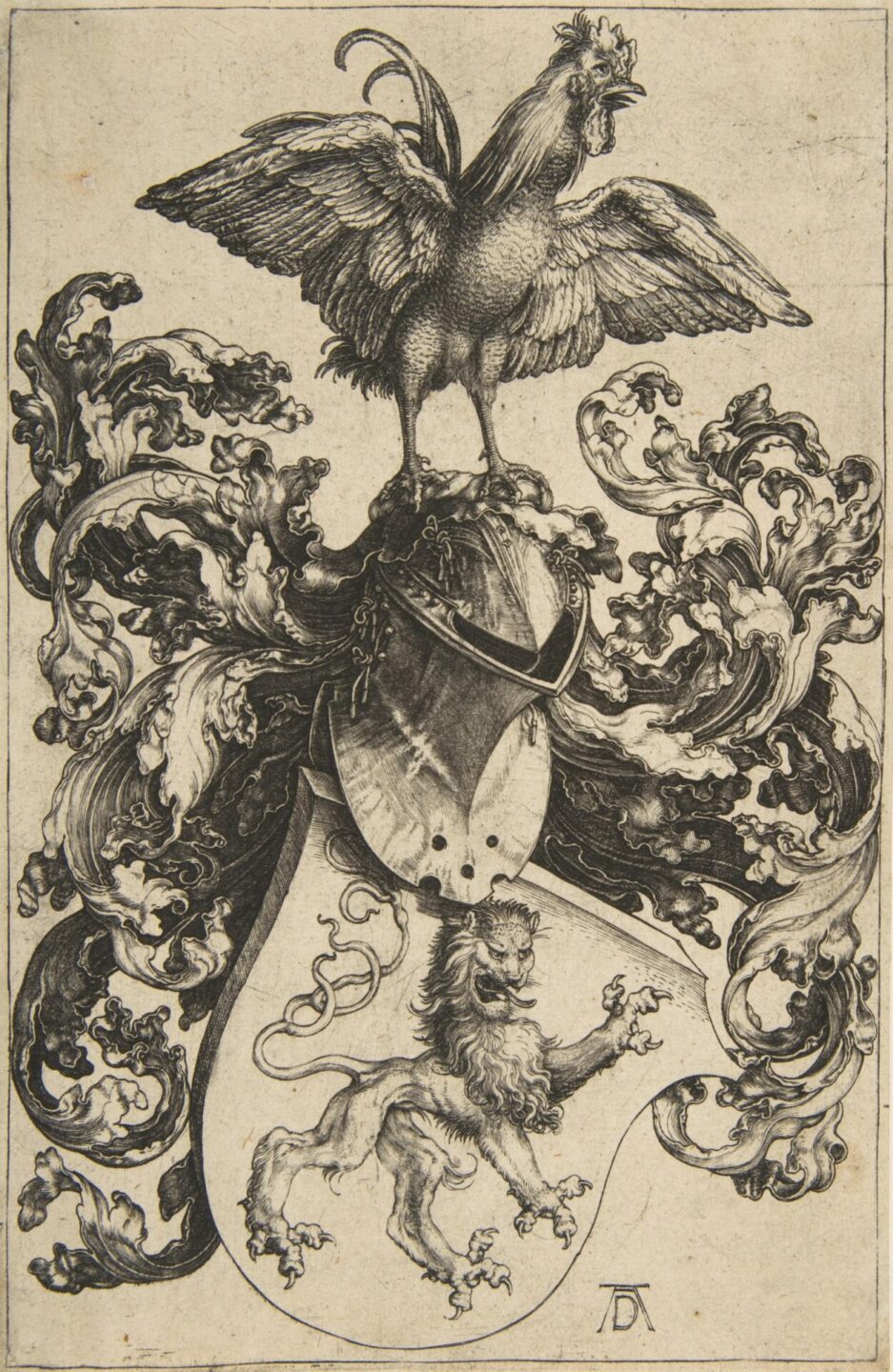
Albrecht Dürer. "Coat of Arms with Lion and Rooster". Edition 97/100. Courtesy Dittrich & Schlechtriem.
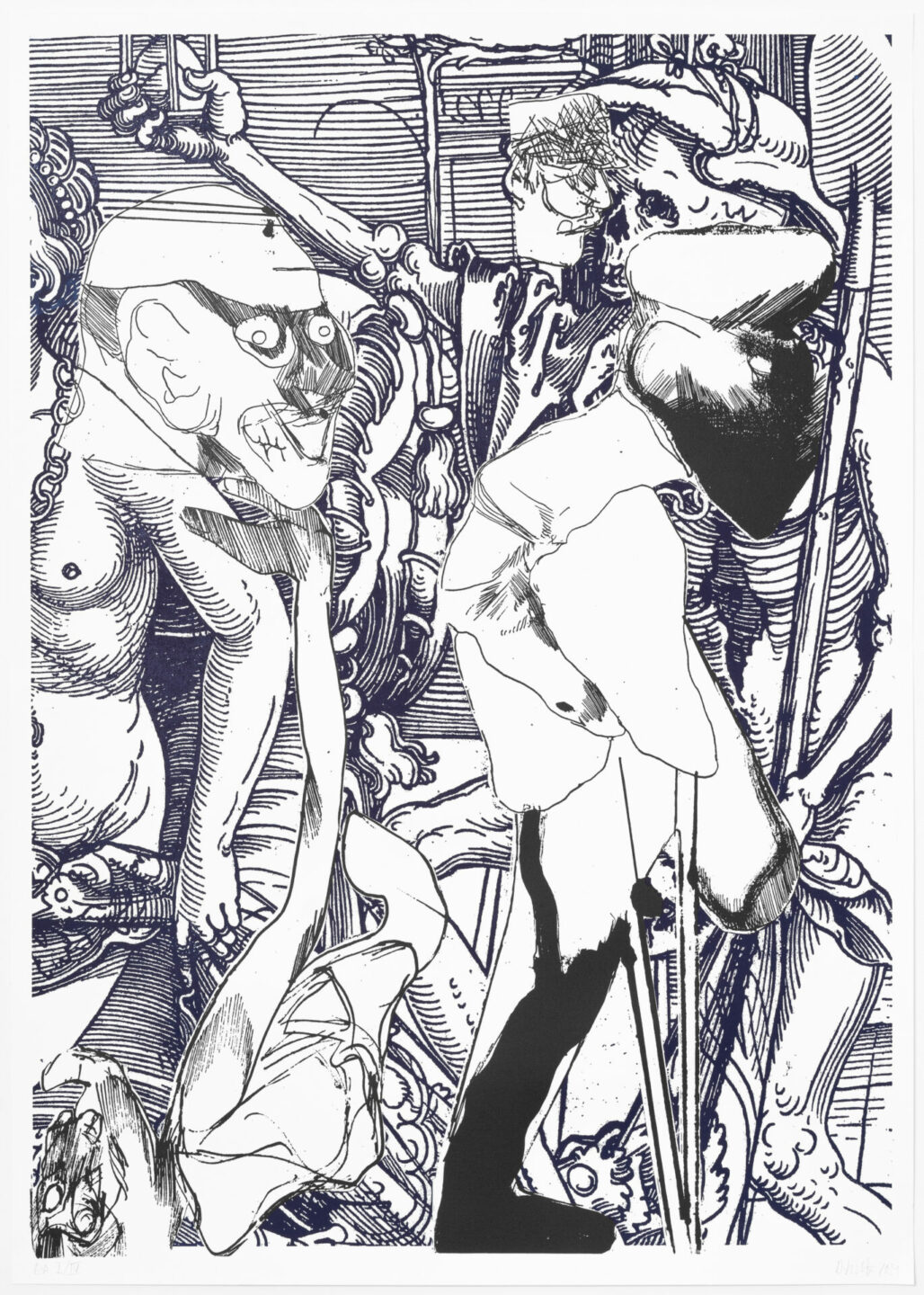
Daniel Richter. "Untitled 4", 2021. Relief print. 118 x 84,5 cm. Edition of 24. Courtesy Knust Kunz Gallery Editions.
Thanks to the work of Gutenberg, printmaking has opened up the possibility for artists to make multiple versions of the same work. Unlike a single piece of art, an edition is a work that has been duplicated into either a fixed number of prints (Limited Edition) or an ongoing, unlimited reproduction (Open Edition). An open edition tends to be the sort of mass-produced reproductions that can be found within museum gift shops, while editions are original works produced under the supervision of the artist who designed them.
In recent years, it has been artists like Banksy who have dominated the world of editions. The artist produced 150 signed and 600 unsigned editions of his famed piece “Girl With Balloon” in 2014, with a signed edition selling for £150. That same signed edition can fetch nearly £500,000 today. For Art Düsseldorf’s Artist Edition drop, our participating galleries have all carefully selected pieces by artists that are sold in limited edition batches to ensure both quality and value.
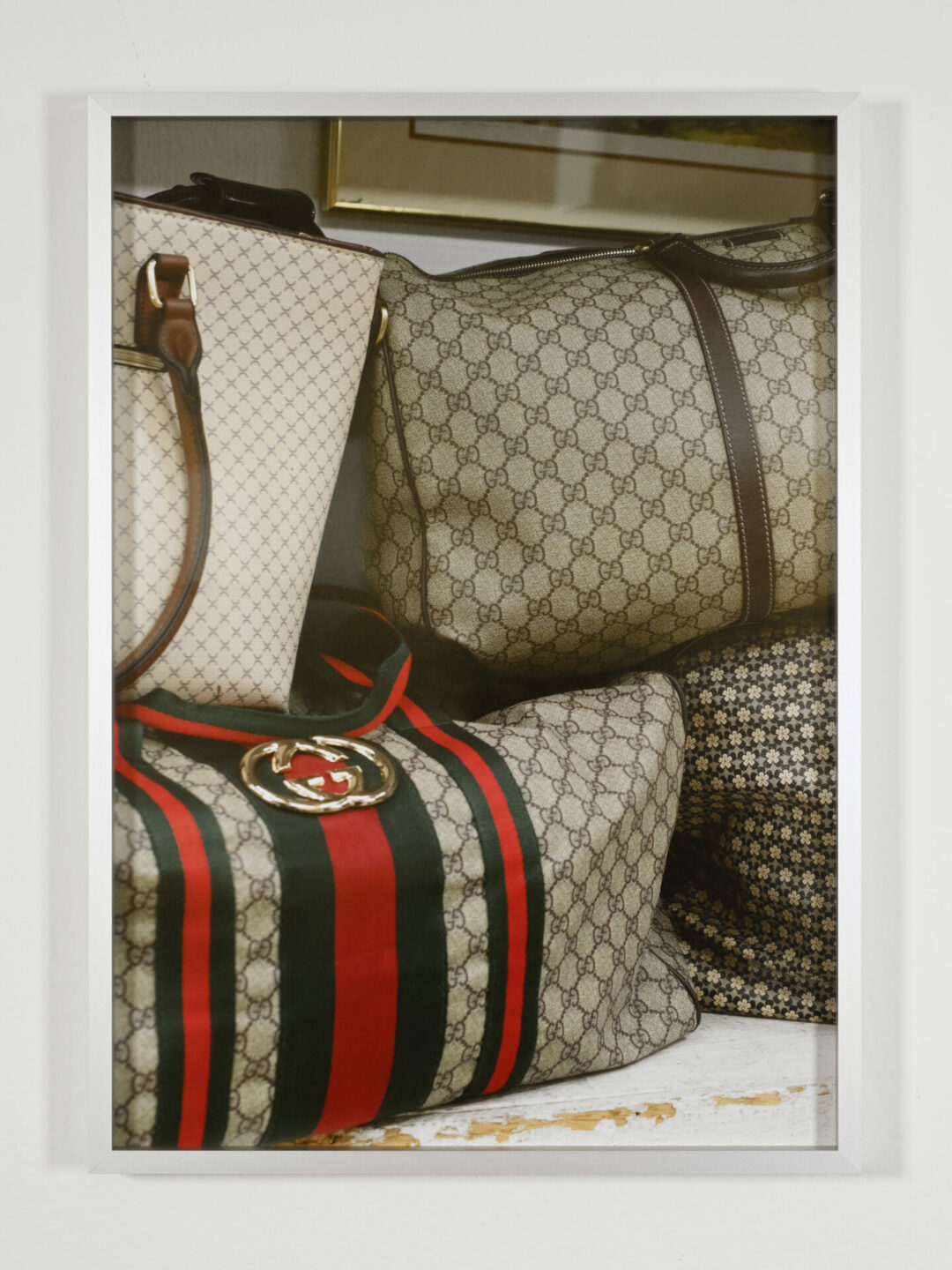
Laura Schawelka. "Prop Replica Handbags", 2022. Archival Inkjet Print. 42 x 29,7 cm. Edition 2/3 + 2 AP. Courtesy of fiebach, minninger.
In the wild world of editions, the cost of a print is determined by a range of factors. The most obvious one, of course, comes from the artist’s signature. With limited editions, the artist often signs each print for authenticity. To further establish the limited nature of an edition, each work often includes both the print number and the total number of batches as a fraction (i.e. 23/50). While the rule of “the smaller the size of the print run, the higher the value” applies, always take note that editions are not always numbered in the order they were printed. For example, this means that if you buy a piece numbered 1/30, it isn’t worth more than the piece numbered 30/30.
Another important factor determining the price is the material and size. For something like an etching, which tends to be more difficult to create, smaller editions are made. Whereas with methods like screen printing or lithographs, larger editions are possible without sacrificing quality. In terms of size, the larger the print, the harder it tends to be to produce because large canvases require more complex printmaking procedures.
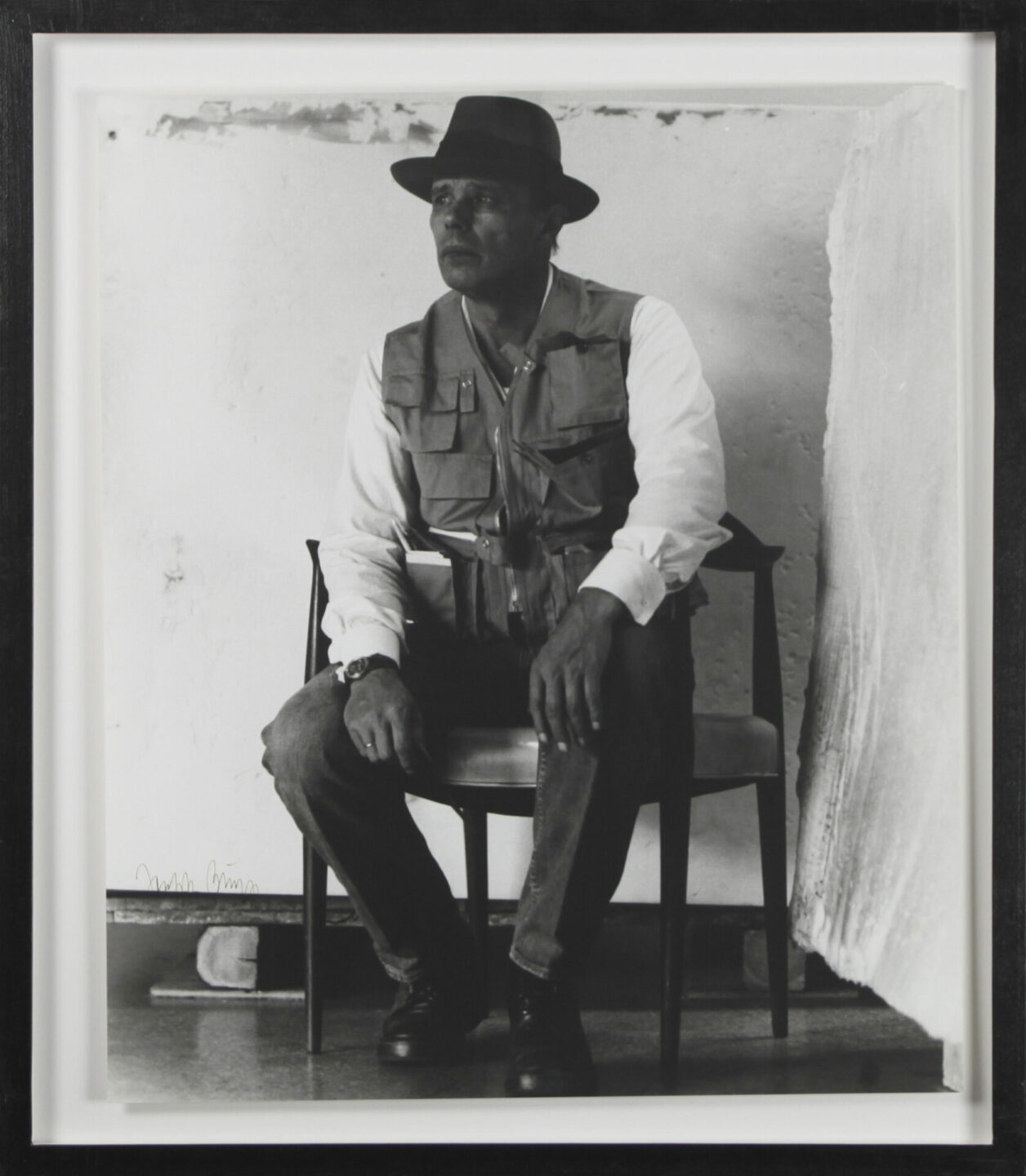
ZOA and Joseph Beuys. "Beuys in New York". Photograph. 60 x 50 cm (framed 71 x 62 cm). Edition of 10, signed. Courtesy of Philipp von Rosen Galerie.
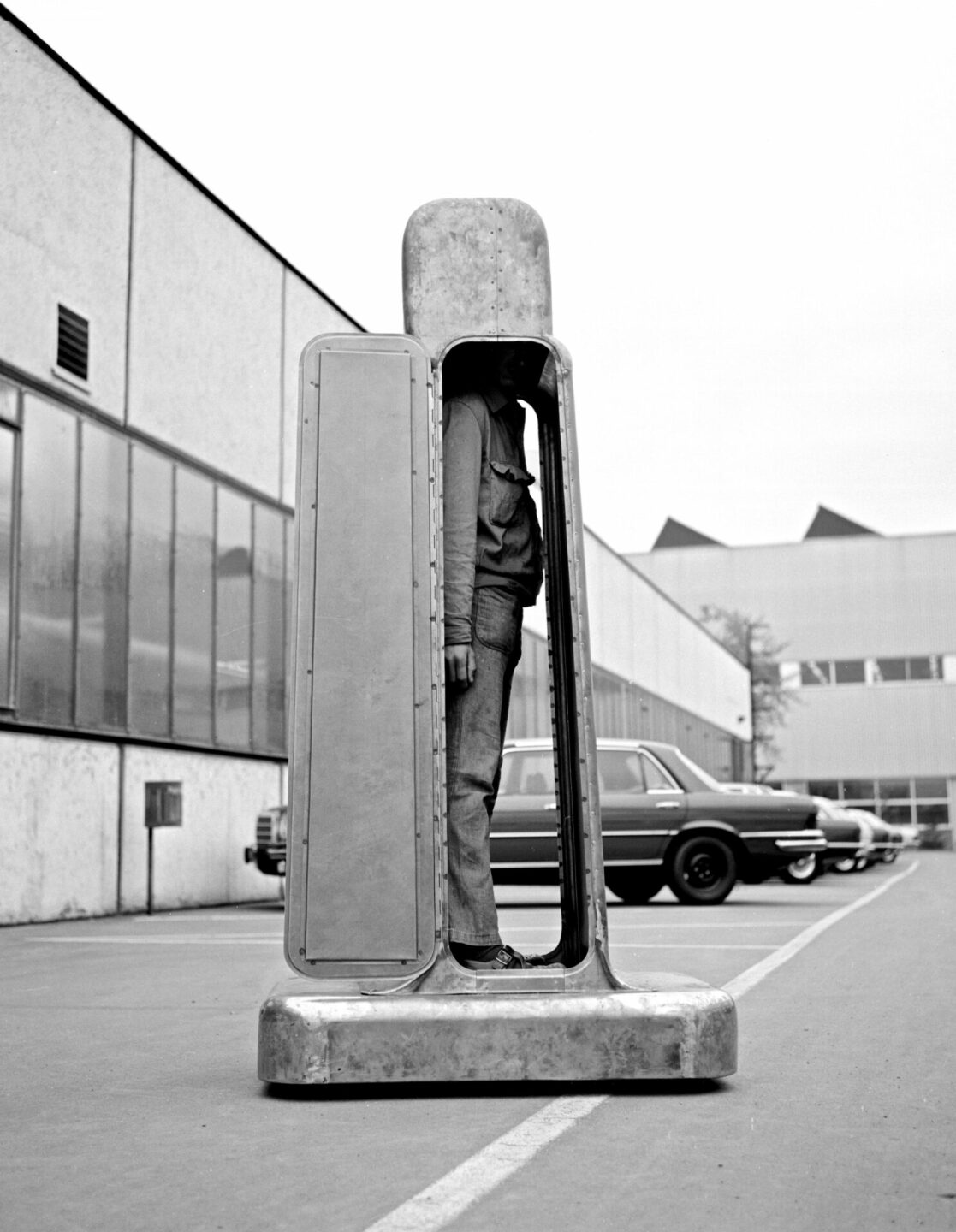
Joachim Bandau. "Kabinen-Mobil, Stehen (Arbeitssituation)", 1973/2014. 40 x 30 cm (unframed). Fine art gallery print. Edition of 25 +5AP. Courtesy of Galerie Thomas Fischer.
The obvious answer is that if you see a piece you love, why not invest in it? We believe that art collecting should always come from a place of passion. Editions offer a lower priced entry into the world of collecting without sacrificing on quality.
Chris Erik Thomas is the Digital Editor of Art Düsseldorf. They work as a freelance writer and editor in Berlin and focus primarily on culture, art, and media. Their work can also be seen in Highsnobiety, The Face Magazine, and other publications.